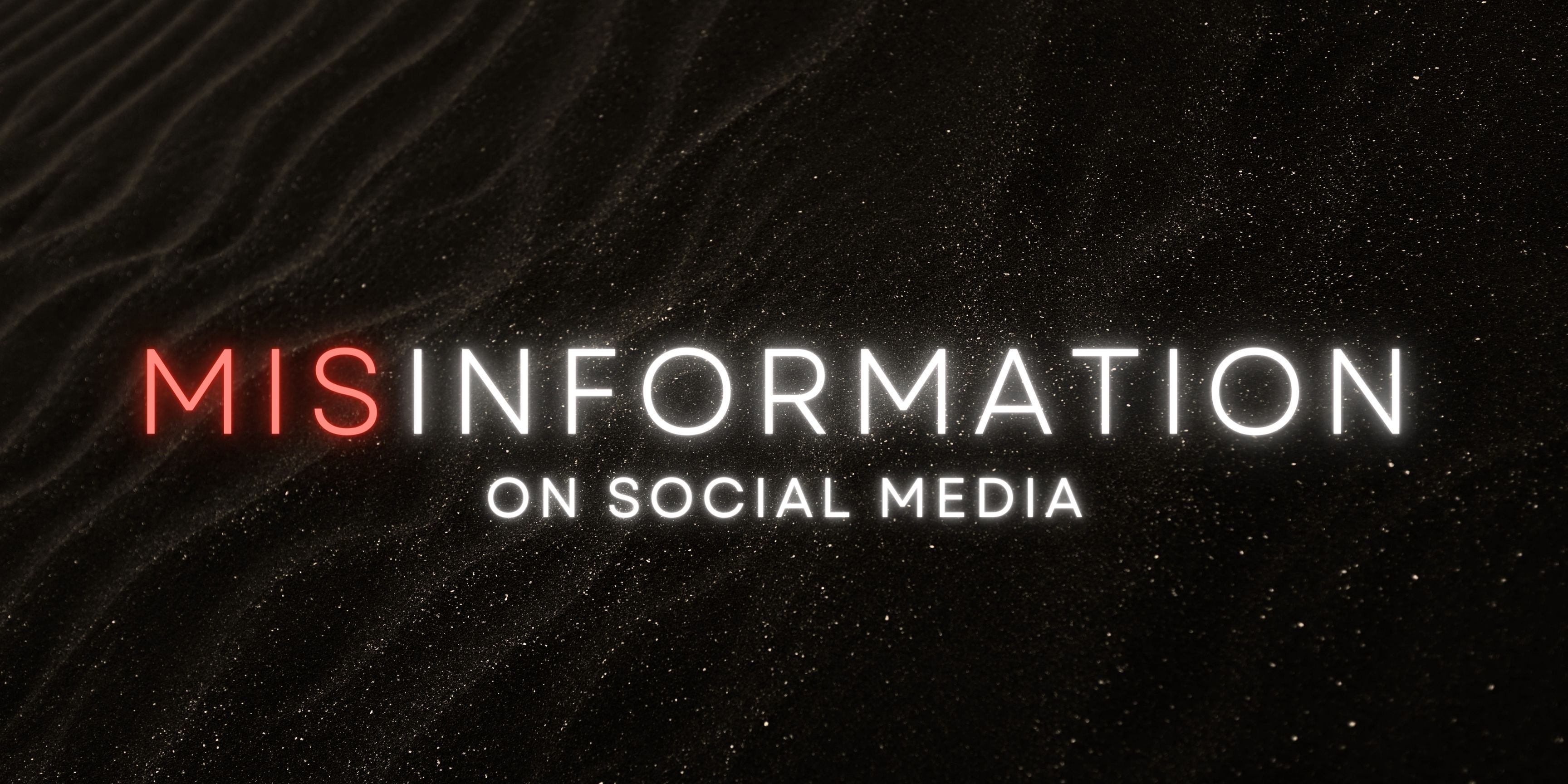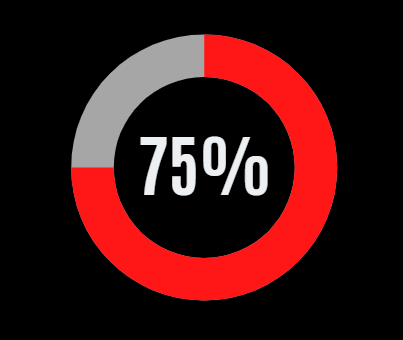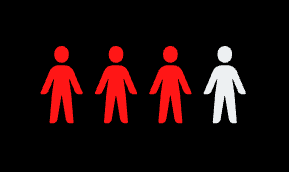
What is Social Media?
Social Media is comprised of applications like Facebook, Twitter and WhatsApp that allow users to socialize online, and to create and share content.
What exactly is Misinformation?
"Any false, inaccurate, or misleading information that is communicated regardless of the intention to deceive."
Just how many people use social media?
EVERYONE with access to the internet.
Almost.
93% of internet users are on social media.
In terms of world population..
More than half the world!
Today, 57% of the world's population is active on social media. It is safe to say that Big Tech and social media platforms have effectively changed the way we communicate.
And it's only increasing everyday.
Over the course of the last decade, there has been a 362% increase in the number of people on social media.
The numbers have gone from 950 million in 2010, to 4.5 billion in 2021.
With mobile phones and internet access becoming ubiquitous, it is only natural that social media will be used by an increasingly bigger percentage of the global population in the years to come.
How many people rely on social media to stay up to date with current events?
In developing countries, the proportion of the population getting their news from social media is very high.
This proportion is only marginally lower in developed nations.
This means that in some countries, as of today, up to 75% of the population relies on social media for their news update!
3 out of every 4 persons are exposed to misinformation on a daily basis!


Why is it important to talk about misinformation?
A recent study that was conducted by MIT scholars concluded that misinformation and false news spreads faster than real news.
They found that false news spreads up to 6x faster than true stories and is because of people sharing the news. And not because of the bots that have been programmed to identify and spread false news.
They also found that people were 70% more likely to share a post containing misinformation than a post with a true story.
Here is a (verified) link to the article in case you want to learn more about the study.
The worst-case scenario has already happened.
WhatsApp in India has more users than any other country in the world. (It is extremely popular!)
For nearly 400 million Indians, anything from good morning wishes in the family group chat to wedding invites is sent through WhatsApp.
Only a small percent of this huge userbase even know what the term 'misinformation' stands for.
This lack of awareness becomes even more pronounced in villages where there is little formal education, but the people have access to smartphones, the internet, and ultimately, social media.
In such a village in South India, in 2018, misinformation had been circulating, for months, about child kidnappers in the area. This had led to suspicion and hysteria within the community.
Five friends were on a road trip and decided to stop for a picnic close to the village. They saw some children playing nearby and offered them chocolates.
Having witnessed this exchange, information about this group of friends was shared on WhatsApp to the other locals and soon a mob gathered.
Of the five friends who were simply out on a picnic,
One was killed, two were injured.
There have been incidents around the world, as a direct result of the spread of misinformation.
A Genocide in Myanmar.
Deaths due to Covid-19 misinformation.
The shooting of a Washington Pizzeria.
...
So what can we do about this?
Pause and verify before you share anything on social media! Check the source, read the article in full.
Talk about it, improve media literacy - to friends, family and especially children. Let's do our part to spread awareness.
Sign the Center for Countering Digital Hate's petition against the spread of misinformation.
References
Nytimes.com. 2018. A Genocide Incited on Facebook, With Posts From Myanmar’s Military (Published 2018). [online] Available at: <https://www.nytimes.com/2018/10/15/technology/myanmar-facebook-genocide.html> [Accessed 12 October 2021].
Washington Post. 2020. How misinformation on WhatsApp led to a mob killing in India. [online] Available at: <https://www.washingtonpost.com/politics/2020/02/21/how-misinformation-whatsapp-led-deathly-mob-lynching-india/> [Accessed 12 October 2021].
Nytimes.com. 2016. In Washington Pizzeria Attack, Fake News Brought Real Guns (Published 2016). [online] Available at: <https://www.nytimes.com/2016/12/05/business/media/comet-ping-pong-pizza-shooting-fake-news-consequences.html> [Accessed 12 October 2021].
MIT News Massachusetts Institute of Technology. 2018. Study: On Twitter, false news travels faster than true stories. [online] Available at: <https://news.mit.edu/2018/study-twitter-false-news-travels-faster-true-stories-0308> [Accessed 12 October 2021].
https://www.statista.com/statistics/278414/number-of-worldwide-social-network-users/
https://datareportal.com/social-media-users
https://www.oberlo.com/statistics/how-many-people-use-social-media
https://www.pewresearch.org/internet/fact-sheet/social-media/
https://www.pewresearch.org/internet/2021/04/07/social-media-use-in-2021/
https://www.pewresearch.org/internet/wp-content/uploads/sites/9/2021/04/PI_2021.04.07_Social-Media-Use_TOPLINE.pdf
https://www.smartinsights.com/social-media-marketing/social-media-strategy/new-global-social-media-research/
https://datareportal.com/reports/digital-2021-july-global-statshot
https://www.pewresearch.org/journalism/2021/09/20/news-consumption-across-social-media-in-2021/
https://en.wikipedia.org/wiki/Social_media_as_a_news_source
https://www.pewresearch.org/journalism/wp-content/uploads/sites/8/2021/09/PJ_2021.09.20_News-and-Social-Media_TOPLINE.pdf
https://statinvestor.com/data/22389/number-of-social-media-users-worldwide/
https://www.usatoday.com/story/tech/2019/12/19/end-decade-heres-how-social-media-has-evolved-over-10-years/4227619002/
